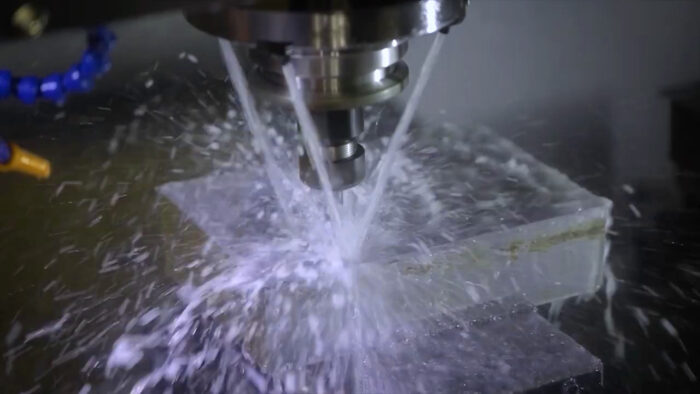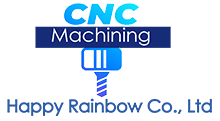The Differences of CNC Milling & CNC Turning Machining
What is CNC machining? It is a manufacturing process which uses a computer-controlled machine to remove material from a workpiece. Commonly used processes include CNC milling and CNC turning, each of which offers its own unique advantages depending on the application. Through careful selection and programming of the correct machine parameters, precision components can be produced with high degrees of accuracy and repeatability.
CNC milling machining is a subtractive manufacturing technique that uses a high-speed rotating cutting tool to remove material from the workpiece. This advanced process allows the machinist to produce complex geometric features and shapes, such as pockets, slots, and holes, while maintaining precise tolerances. The speed of the tool combined with multiple axes of movement makes CNC milling an ideal choice for creating intricate parts in less time.
CNC turning machining involves using computer numerical control (CNC) to rotate the workpiece as a cutting tool carves away unwanted material from it, resulting in cylindrical or conical shapes, and features such as threads and grooves. This process differs from traditional manual turning, which has traditionally been done by hand. CNC turning helps to achieve higher precision and accuracy with less effort than manual machining.
Overall, the main difference between CNC milling and CNC turning is the orientation of the cutting tool and the movement of the workpiece. CNC
milling is better suited for producing complex parts with multiple features and geometries, while CNC turning is more appropriate for producing cylindrical or conical shapes and features. However, many manufacturers use a combination of both processes to produce high-quality parts with a range of features and geometries.

What Are the Types of CNC Milling Machines?
There are several types of CNC milling machines available, each with its
own unique features and capabilities. Here are some of the most common types:
- Vertical milling machines:
These specialized machines are able to produce complex parts and components with accuracy due to their vertical spindle axis and precise numerical programming.
- Horizontal milling machines: These machines have a horizontal spindle axis and are often used for heavy-duty cutting operations.
- Bed milling machines: These machines have a bed that supports the workpiece and the cutting tool. They are often used for producing large, heavy parts.
- Gantry milling machines: These machines have a bridge-like structure that spans the workspace and supports the cutting tool. They are often used for producing large parts or for machining multiple parts simultaneously.
- Turret milling machines: These machines have a rotating turret that holds multiple cutting tools, allowing for rapid tool changes and the production of complex parts.
- Swiss-style milling machines: These machines are often used for producing small, high-precision parts, such as those used in the watchmaking and medical industries.
- 5-axis milling machines: These machines have the ability to move the cutting tool along five axes, allowing for the production of highly complex parts with tight tolerances.
Each type of CNC milling machine has its own unique advantages and limitations, and the choice of machine will depend on the specific requirements of the part or component being produced.
The Types of CNC Turning Machines
There are several types of CNC turning machines available, each with its own unique features and capabilities. Here are some of the most common types:
- Horizontal lathes: These machines have a horizontal axis and are often used for producing long, cylindrical parts.
- Vertical lathes: These machines have a vertical axis and are often used for producing large, heavy parts.
- Turret lathes: These machines have a rotating turret that holds multiple cutting tools, allowing for rapid tool changes and the production of complex parts.
- Swiss-style lathes: These machines are often used for producing small, high-precision parts, such as those used in the watchmaking and medical industries.
- CNC automatic lathes: These machines are fully automated and can perform a range of turning operations without the need for manual intervention.
- Multi-axis turning centers: These machines have the ability to move the cutting tool along multiple axes, allowing for the production of highly complex parts with tight tolerances.
Each type of CNC turning machine has its own unique advantages and limitations, and the choice of machine will depend on the specific requirements of the part or component being produced.
